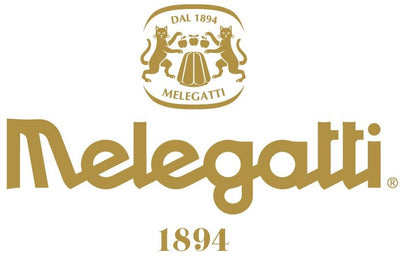
Happy Easter
Enjoy 30% off on most of our Easter products. Simply use code EASTER2025 at checkout to redeem your discount and bring the flavors of Italy to your holiday table. The code can be redeemed from Sunday 30th of March at 10:30pm and will stop working on the 10th of April midnight.






















